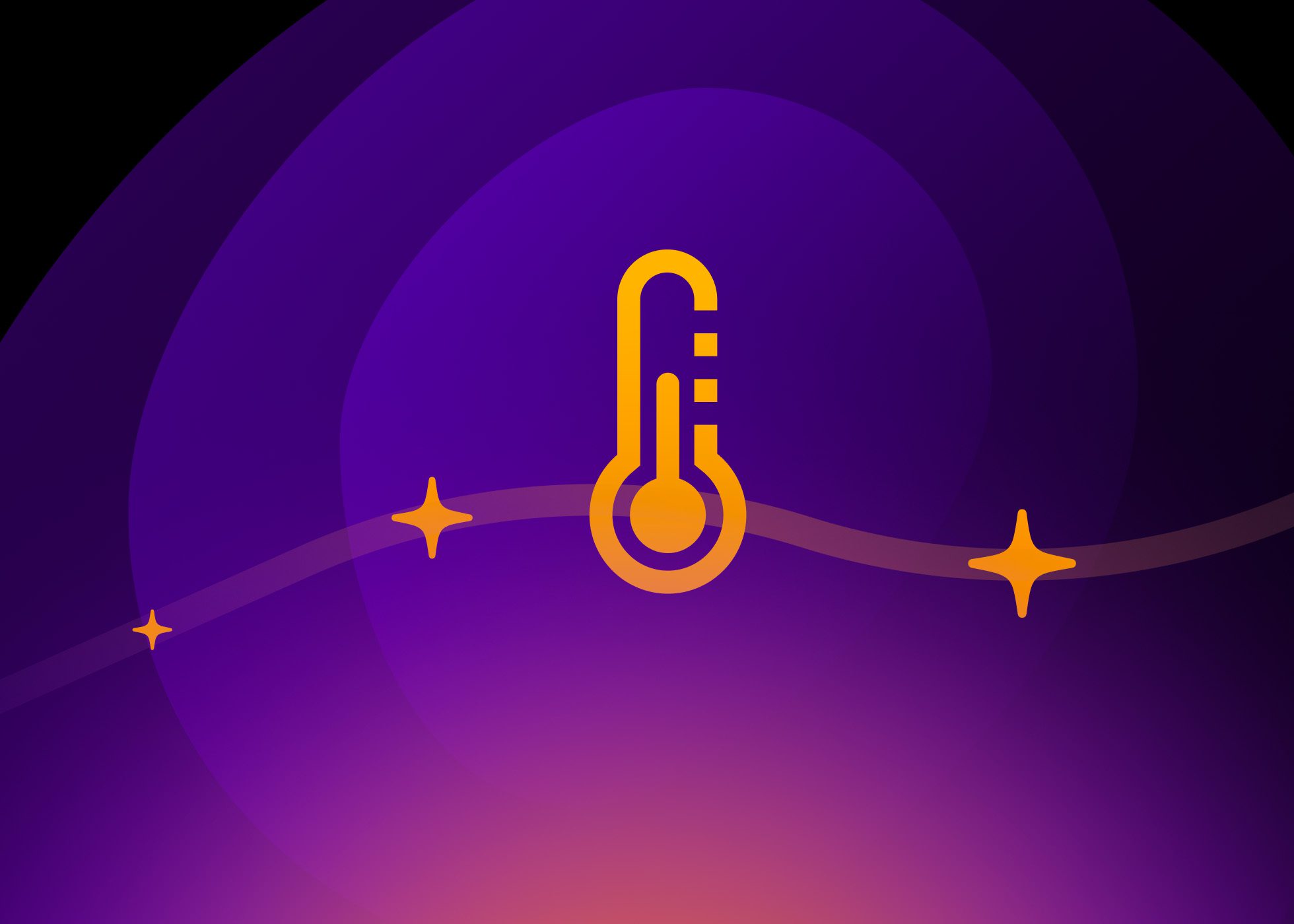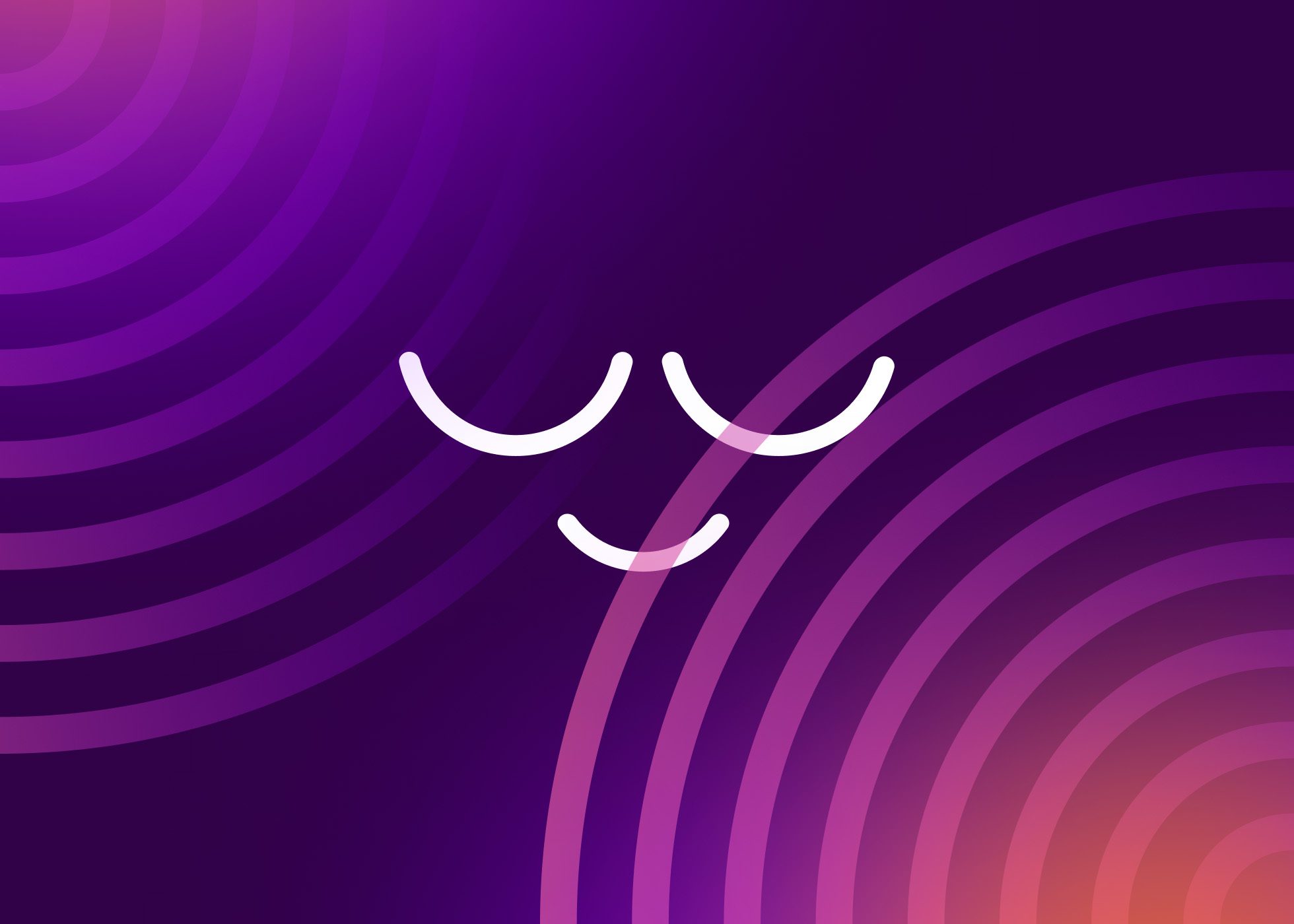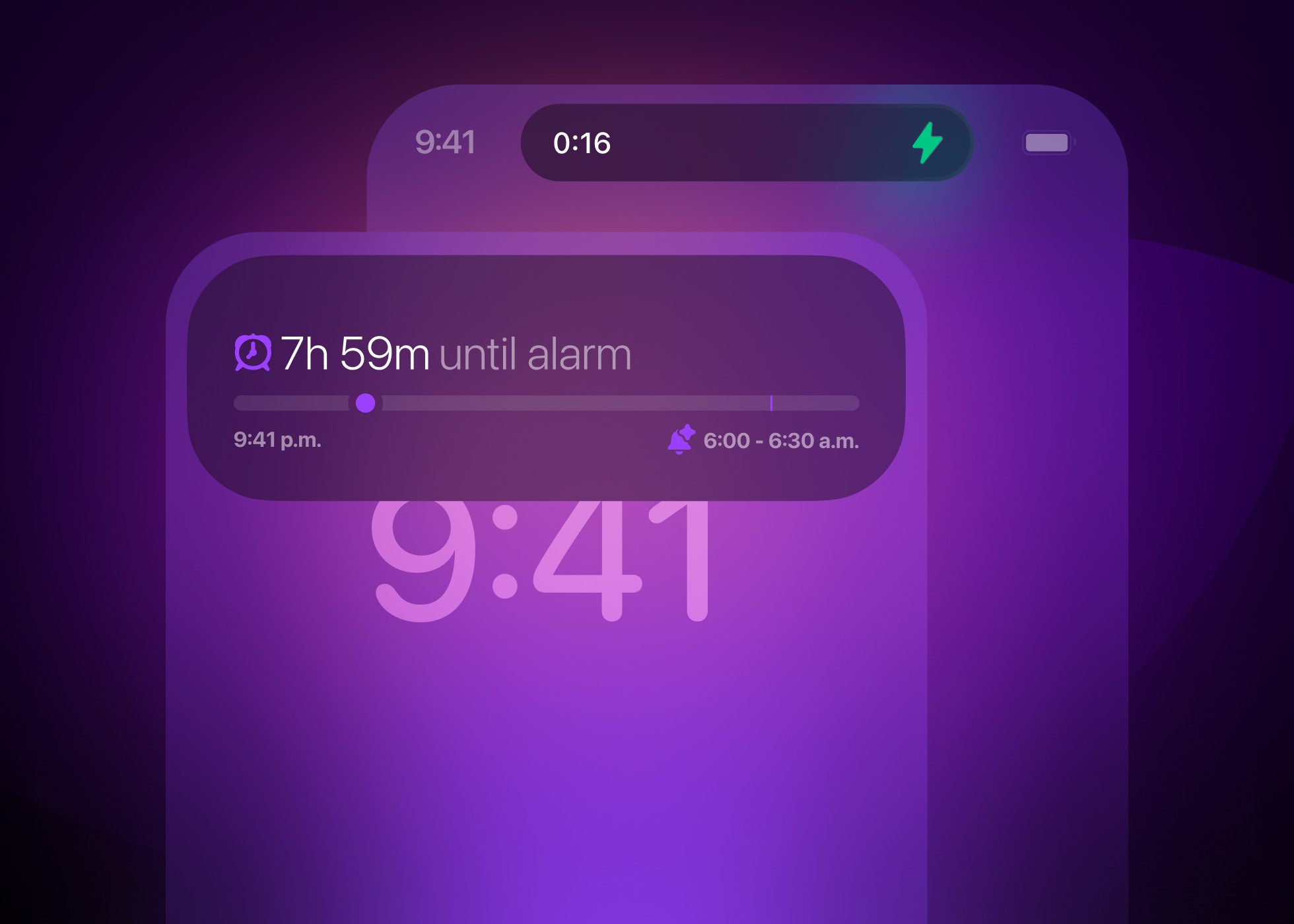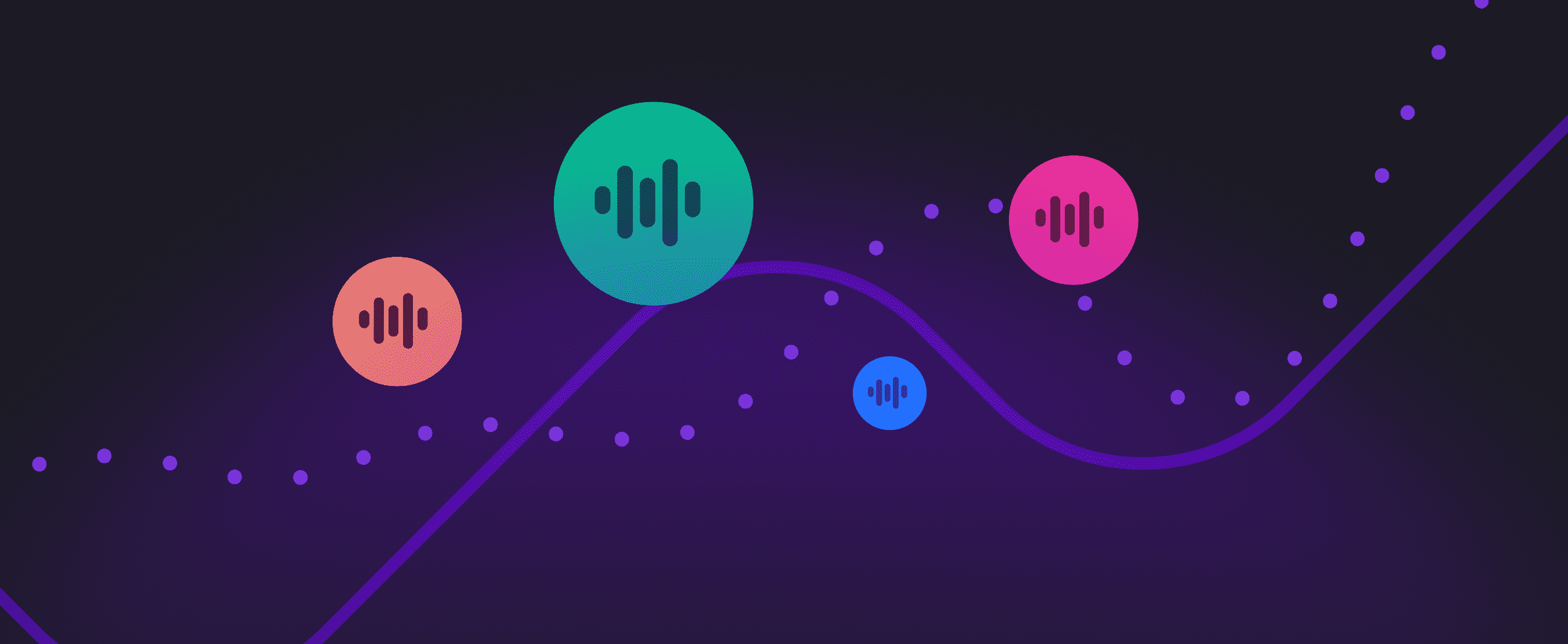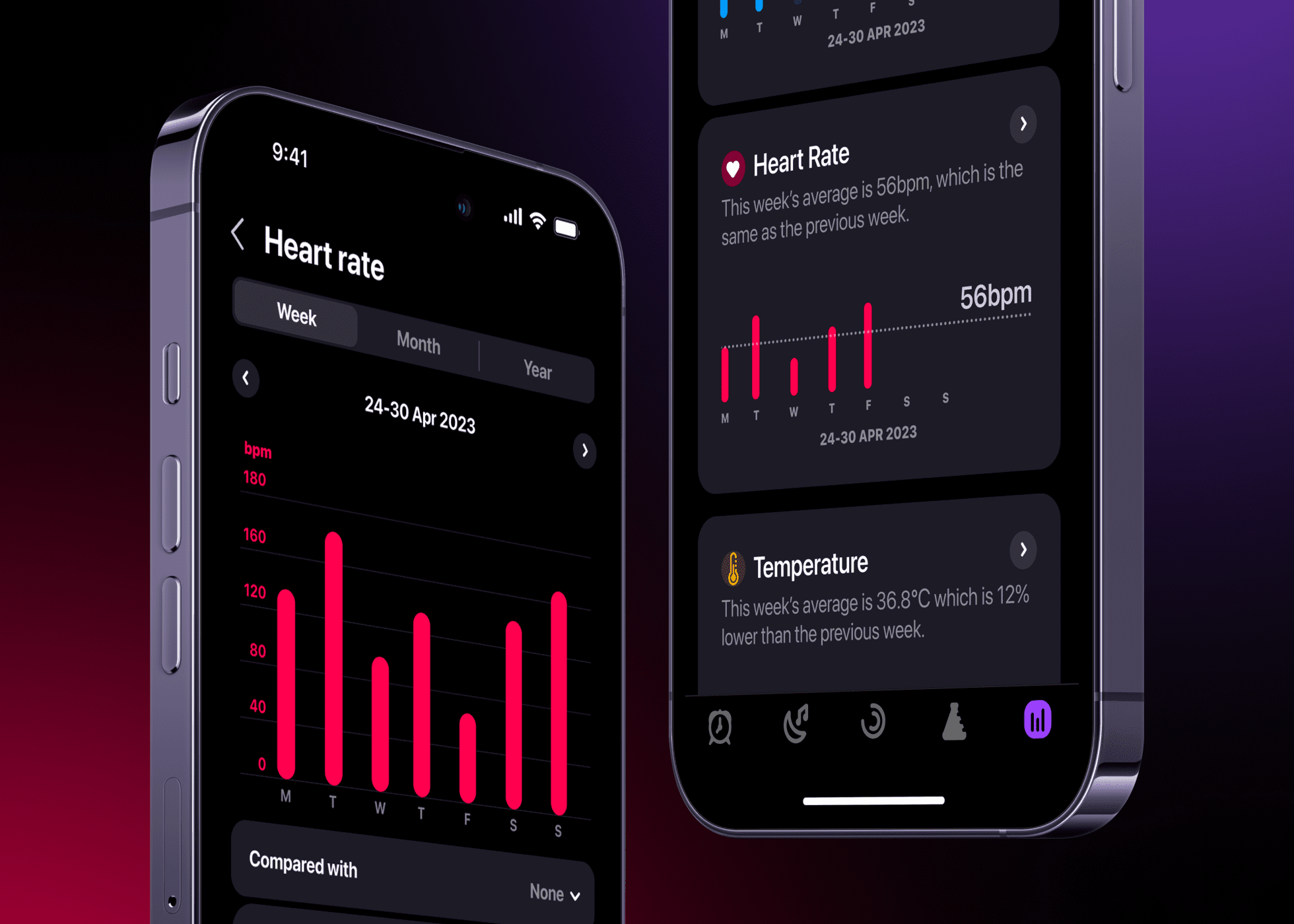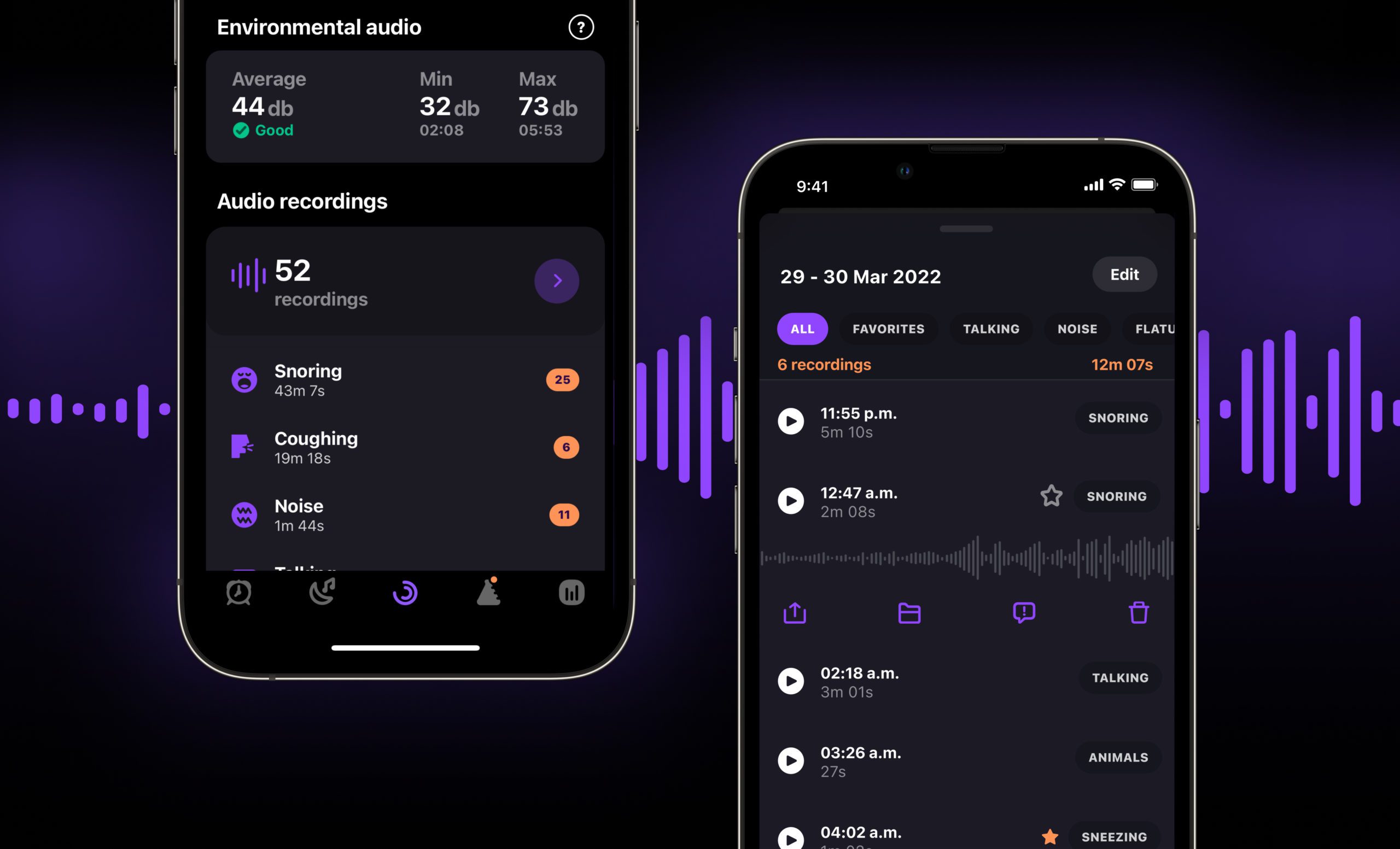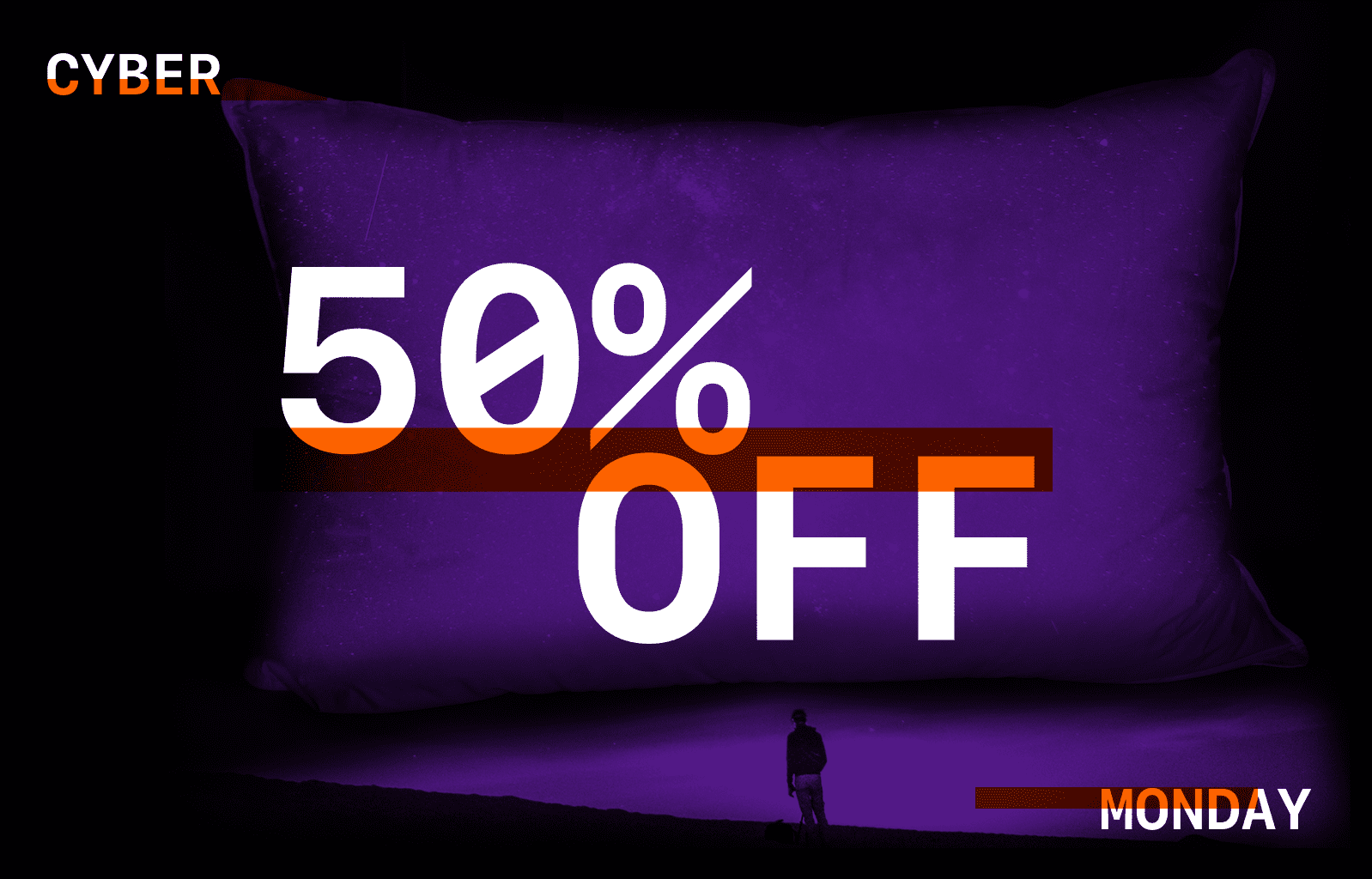
Sleep is a critical aspect of our overall health, and tracking its quality can provide valuable insights into our well-being. Among the many factors that contribute to good sleep, blood oxygen levels play a significant role. Monitoring these levels can help identify potential health issues, such …
Sleep is a crucial aspect of our overall health and well-being, and understanding the factors that can influence its quality is essential. One such factor is temperature, which can play a significant role in the sleep process. Research has shown that our body's temperature fluctuates during …
Introducing ASMR sounds to Pillow, our sleep tracking app, was no easy task. We wanted to make sure we offered a variety of compositions that catered to different personal preferences. After much research and testing, we're excited to announce that ASMR sounds are now part of …
We're excited to announce a fantastic new feature that will enhance your sleep tracking experience with our latest update, Pillow v.4.17, now available on the App Store. Imagine controlling your sleep session without even having to launch Pillow - sounds dreamy, right? Well, that dream has …
Are you tired of waking up groggy and unrested? Has your partner been complaining about your snoring? Pillow now has a brand new feature designed to help you better understand your snoring. The Importance of Snoring Trends Tracking your snoring duration is essential for understanding your …
Sleep stage trends It's a well-known fact that our sleep is not the same throughout the night. Scientists have categorized and named the distinct stages we go through during sleep, and every one is essential. Pillow's sleep stage analysis is a first step towards being more …
A huge update for Pillow's audio recording feature. As you know, you can let Pillow record sounds during sleep like snoring, sleep talking or any other environmental sounds that could be affecting your sleep. Pillow didn't have a way to categorise these sounds but now it …
We've just released Pillow v.4.4, a major feature release that brings Respiratory Rate tracking to your sleep sessions. Your respiratory rate during sleep is a crucial sleep metric. Pillow can now help you track your respiratory rate for each of your sleep sessions. All you have …
It's that time of the Year again, and sleep remains as important as ever. Sleeping well during the pandemic can be challenging, yet it can be an essential source of healing and much-needed recuperation. For this Year's Cyber Monday, Pillow's Premium Features will be available at …
Introducing Pillow v.3.6 Sleep tracking should be as easy and effortless as possible. With Pillow v.3.6 we’re (finally) introducing automatic sleep tracking using the Apple Watch. This is a very big update that took a lot of time and effort to make sure it works …
Download Pillow
Get help
Press & News
Legal
Connect
X (Twitter)
Company
Copyright © Neybox Digital Ltd.

